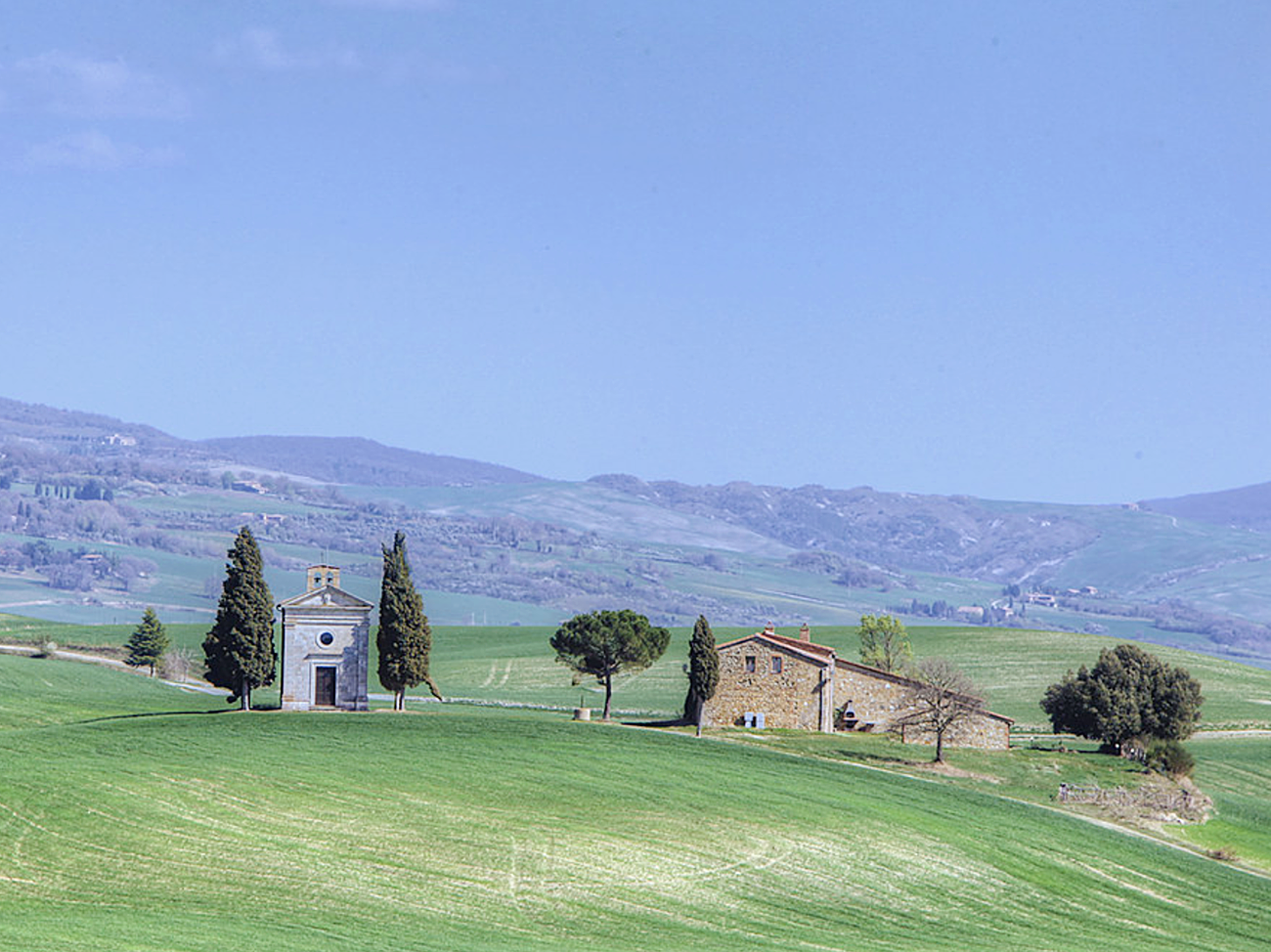
Five Days in Tuscany: Day 3- Val d’Orcia- Montalcino, San Quirico d’Orcia, and Pienza
Our third day in Tuscany began with an amazing sunrise from the top level master bedroom of our villa. Opening the windows wide we could lean out and hear the quiet, and feel the crisp morning air. While looking out the open windows, I felt connected to another time and place. One thousand years ago this same window was used as a look-out to spot invaders or enemies on their approach. Something about Villa Collina makes you feel like a kid in a castle–you can’t say that about most places you stay.
We made our way to the kitchen where fresh, strong Italian coffee had been brewed by Susanna, one of the caretakers of Villa Collina. We grabbed a cup then headed out to survey the grounds, no invaders today.

When working on our itinerary with Barbara, our Inspirato Destination Concierge, one of the first questions I asked was “Where the most scenic parts of Tuscany?” I explained that I was looking to capture some of the iconic imagery that Tuscany is known for and she immediately directed me to Val d’Orcia. If you search Google images for Val d’Orcia, you will see what I mean–absolutely stunning imagery. When people think of Tuscany, Val d’Orcia is what they see in their minds.
The Val d’Orcia is a region of Tuscany, in central Italy, which extends from the hills south of Siena to Monte Amiata. It is characterized by gentle, carefully cultivated hills occasionally broken by gullies and by picturesque towns and villages such as Pienza, Radicofani, and Montalcino.
Val d’Orcia is a natural setting of extraordinary beauty and known all over the world as the classic Tuscan landscape–a marvelous landscape of never-ending hills, grain fields, and streams, with rich clay soils. It is a landscape which has become familiar through its depiction in works of art from Renaissance paintings to the modern photograph. In recent times popular films like The English Patient, La Vita è Bella, Under the Tuscan Sun, and The Gladiator were all filmed in Val d’Orcia

The Val d’Orcia region is roughly 60km from Villa Collina, but the drive could take you 90 minutes or more depending on your tolerance for curves and hills. If you or your kids are prone to motion sickness, I strongly recommend a good dose of Dramamine before you set off, as these are some of the most curvy roads we’ve encountered in Tuscany. Don’t let the curves discourage you though, Val d’Orcia is worth every twist and turn and our kids didn’t barf, in fact they really enjoyed the trip.

We left the Villa at 10am and after several stops along the way to admire the countryside and take photos, we made it to Montalcino for lunch. Montalcino sits atop a hill that offers stunning views over the Asso, Ombrone, and Arbia valleys of Tuscany, dotted with silvery olive orchards, vineyards, green fields (in the spring) and beautiful villages. The lower slopes of the Montalcino hill itself are dominated by highly productive vines which go into the famous Brunello di Montalcino wine, one of Italy’s best-known and most expensive wines.

After walking up and through the village of Montalcino, we found a great little restaurant in the heart of the town center and a stone’s throw from the Torre Civica, Vineria Le Potazzine. We requested a table outside and had one of the best lunches of our trip (so far) while observing the village activity.

Our lunch consisted of a Pecorino cheese and roasted pear flan, a pesto gnocchi, and a Pinot Grigio wine from the Montalcino area. We learned while eating that Le Potazzine was much more than just a restaurant, but a wine shop that offers a wide range of Tuscan wines and a selection of the most important domestic labels. The shop also offers typical local products such as grappa, distillates, pinci, honey, biscuits and sauces. At the wine shop, you can taste free of charge both farm products and other types of wines. If you find something you like, they can ship all over the world.


We spent the next hour after lunch looking at shops in Montalcino and touring the fortress. The first medieval walls in Montalcino were built in the 13th century on a pentagonal plan designed by the Sienese architects Mino Foresi and Domenico di Feo. The fortress incorporates some of the pre-existing southern walls, the pre-existing structures including the keep of Santo Martini, the San Giovanni tower and an ancient basilica which now serves as the fortress chapel.
As the sun began to lower in the sky, we left Montalcino to view the amazing countryside toward Pienza. The scenery along the road from Montalcino to Pienza is one of the most breathtaking we have encountered in Europe and could seem quite familiar to those who have seen the most popular postcards from Tuscany.
All of the photos below were taken on roads between Montalcino, San Quirico d’Orcia, and Pienza. This drive is highly recommended and a “can’t miss” if you visit Tuscany, but keep your eyes open and be prepared to pull over to take photos.




After frequent stops along the road to Pienza, we parked and began our tour of the village. Pienza was a much busier place than Montalcino, mostly because of the tour buses that brought hundreds of visitors to the village about the same time we arrived. We stopped at one of the many delightful cafes in Pienza for an espresso and gelato and observed the locals as they sat and watched the tourists flow through their village.
Studying Architecture and Urban Design in college, I found the story of the village quite fascinating. Pienza was rebuilt from a village called Corsignano, which was the birthplace of Aeneas Silvius Piccolomini, a Renaissance humanist born into an exiled Sienese family, who later became Pope Pius II. Once he became Pope, Piccolomini had the entire village rebuilt as an ideal Renaissance town. Intended as a retreat from Rome, it represents the first application of humanist urban planning concepts, creating an impetus for planning that was adopted in other Italian towns and cities and eventually spread to other European centers. Cool!
A “must do” while in Pienza is to pick up some local Pecorino cheese. I knew absolutely nothing about Pecorino before visiting Pienza, but the younger, lightly aged Pecorino di Pienza cheese is now one my favorite cheeses, especially when dipped in a local jam or spicy topping from Tuscany. For those of you who aren’t familiar with Pecorino, it is a cheese made from sheep’s milk, or more correctly ewe’s milk. Generic cow milk cheese is rarely used in Tuscany where the most popular cheese consumed is pecorino, followed in popularity by mozzarella.
Pecorino is sold fresh, medium-aged and mature. It changes flavor and consistency as it ages. As pecorino ages, the bone-colored paste becomes darker in color with a firmer texture and a saltier flavor. The rind is light on pecorino fresco, and orange or black colored on a medium and fully matured pecorino. I learned most of this information about pecorino online since the locals didn’t speak much English. All I knew is that I liked what I was tasting and that is all that mattered. I’ve also found this website that sells pecorino online. I’m sure we will be ordering some from France once we run out.

There is no doubt that the Val d’Orcia day was one of my favorites so far, but it was also a long day of driving. Even though it was great spending time with the family as we drove through one amazing valley after another, you could easily spend multiple days or a week exploring within Val d’Orcia. There are so many places that we wanted to visit and couldn’t because of limited time. Barbara had warmed me that the itinerary I had worked out with her could be exhausting (my family will agree), but I would easily do it again. Val d’Orcia could be one of my favorite places on earth, I loved it so much.

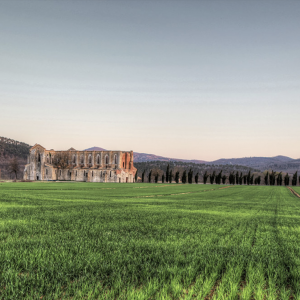
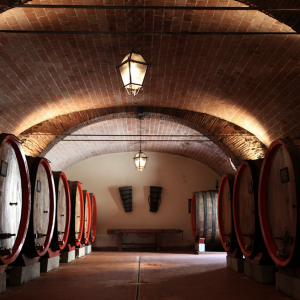
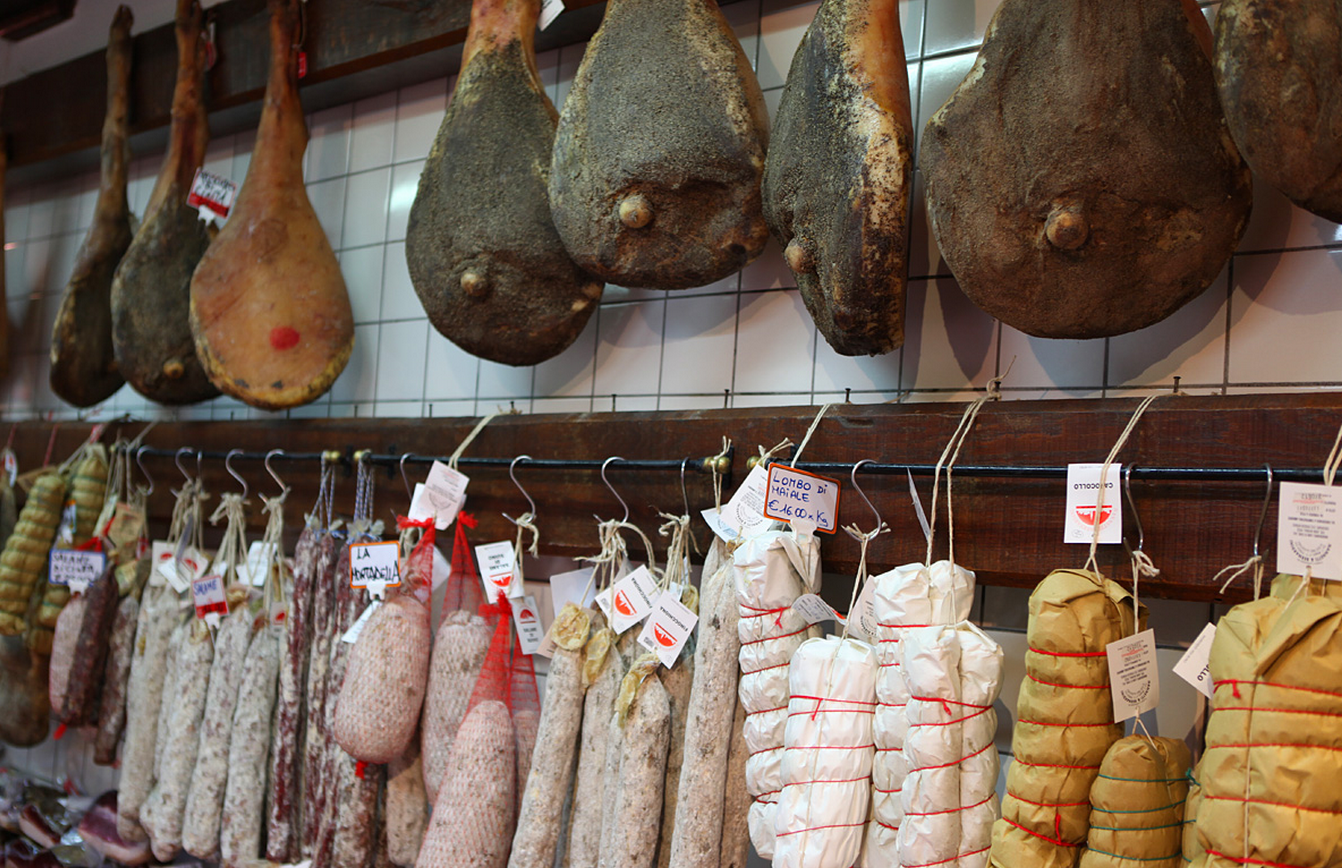
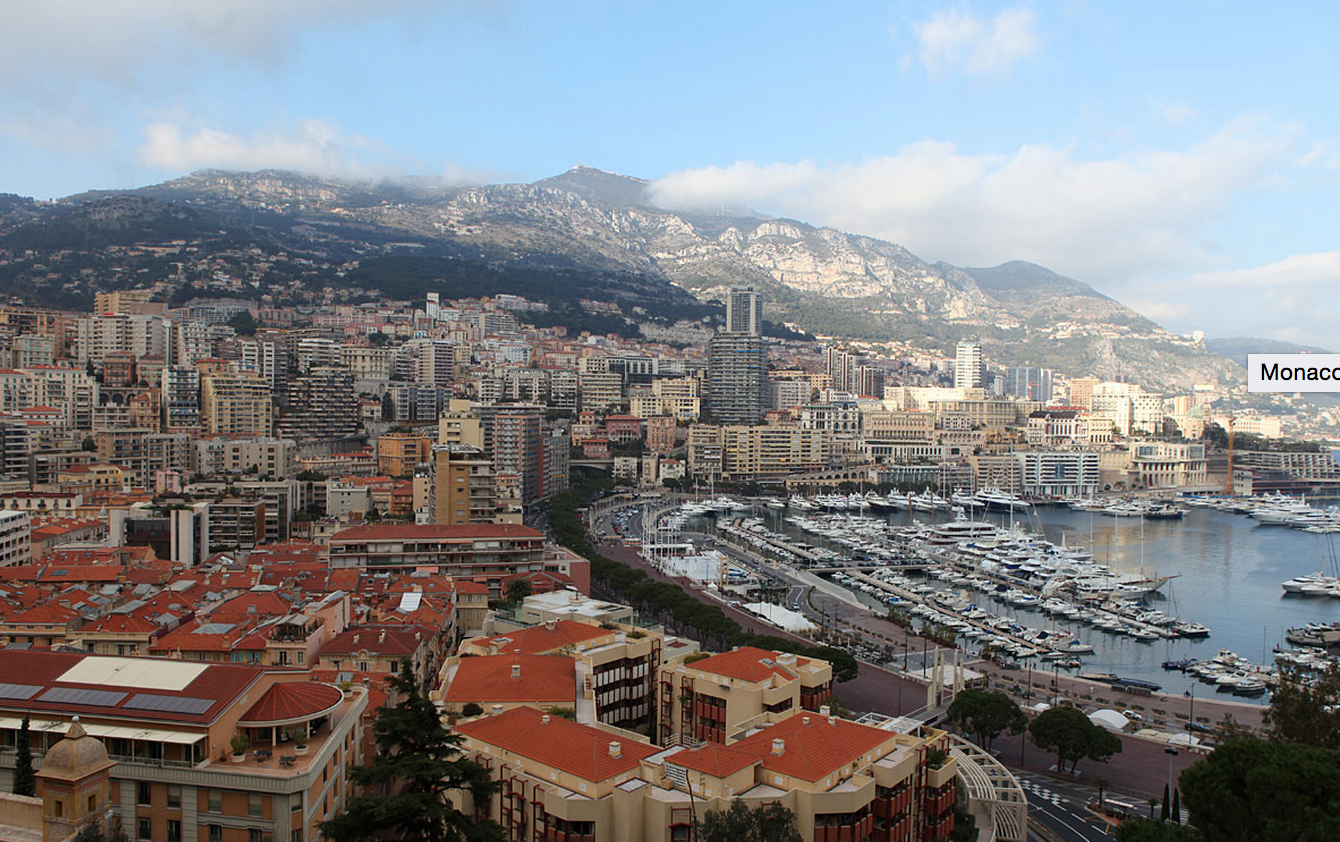
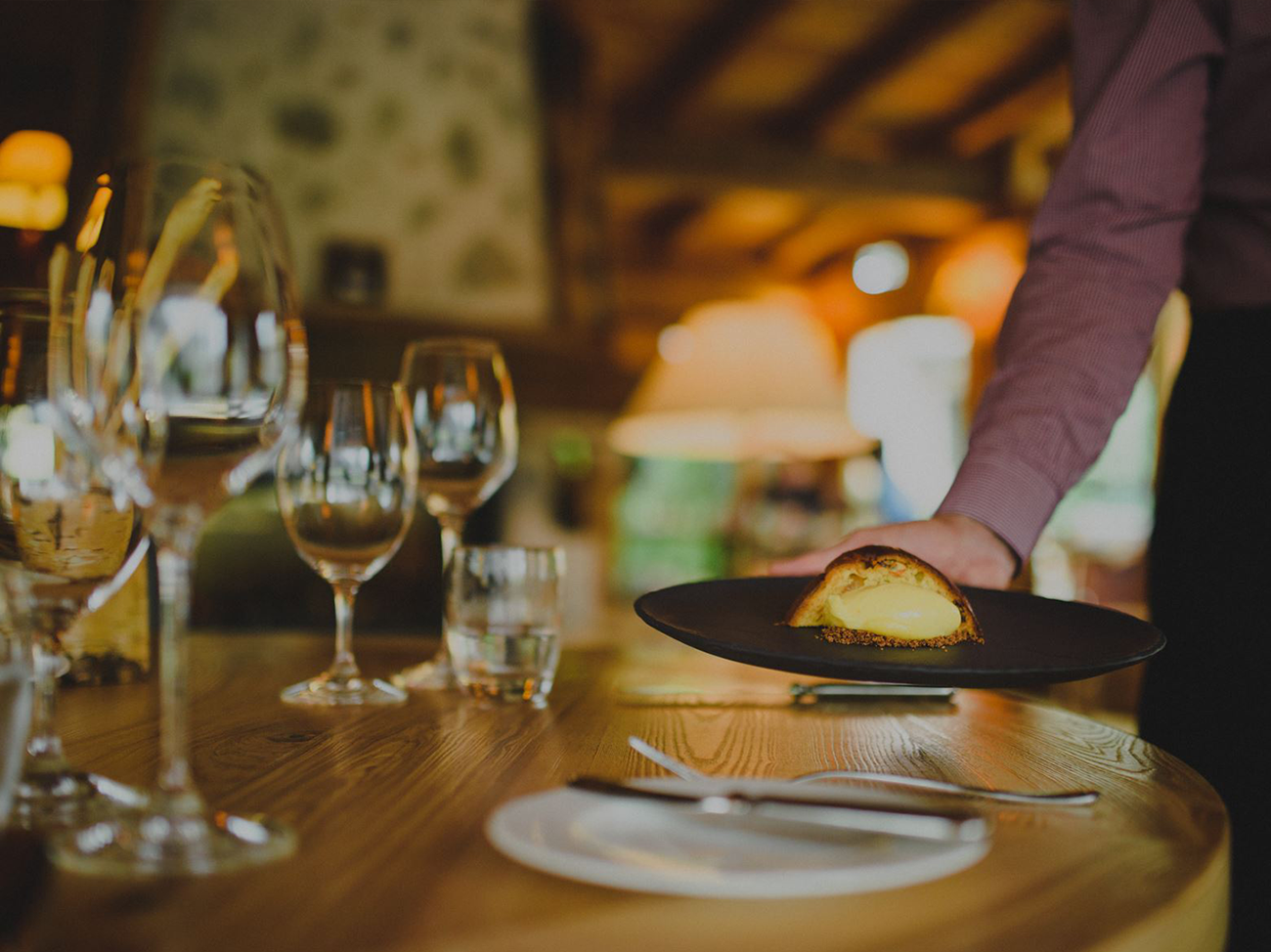
Leave a comment
You must be logged in to post a comment.